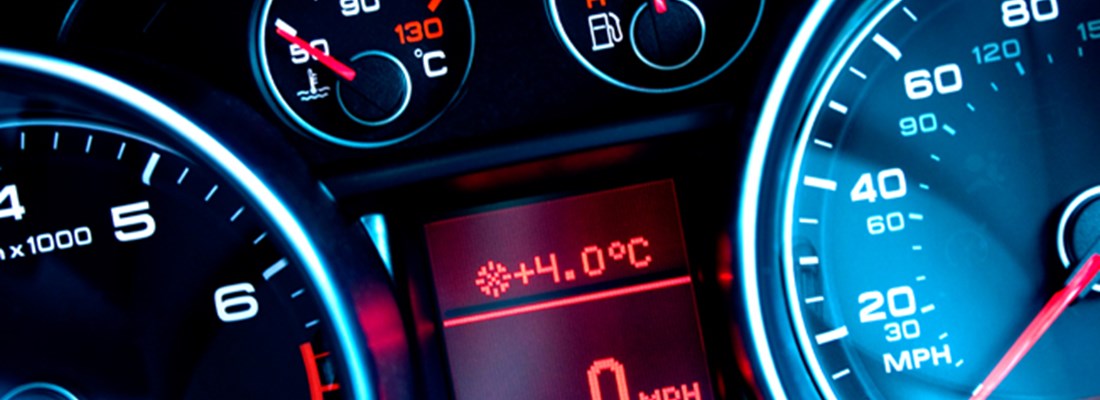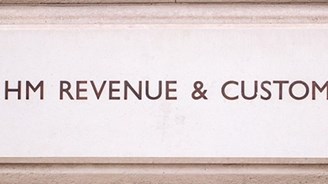Tax Position of Company Cars - By Mark Morton

One of the most common questions that clients seem to have is about the tax position of 'company' cars. There have been a number of changes earlier in the year and we know about numerous proposed changes for benefits-in-kind, all of which are summarised below.
A number of changes are made to capital allowances for business cars.
The 100% first year allowance (FYA) for expenditure on cars with CO2 emissions of 110gm/km or less was supposed to come to an end for expenditure incurred up to and including 31 March 2013. This period is extended to 31 March 2015 but the emissions limit is reduced to a limit of 95gm/km or less for expenditure incurred on or after 1 April 2013.
In most circumstances, expenditure on the provision of plant or machinery for leasing is excluded from FYAs but this exclusion has not applied to cars with low emissions. A change is made to ensure such cars are excluded from FYAs for expenditure incurred on or after 1 April 2013.
The rate of writing down allowances for expenditure on other cars is also determined by the car's CO2 emissions. For expenditure incurred before 6 April 2013 (1 April 2013 for companies) the dividing line was 160gm/km. The new rules provide that expenditure on cars with CO2 emissions:
• not exceeding 130gm/km will be pooled in the main pool: and
• over 130gm/km will be pooled in the special rate pool.
This change applies to expenditure incurred on or after 6 April 2013 (1 April 2013 for companies).
The leasing restriction
The rules that restrict the tax deduction for car leasing expenses are linked to the above definition i.e. to where the car has emissions equivalent to those that would be allocated to the special rate pool. For leases commencing on or after 6 April 2013 (1 April 2013 for companies) the lease rental restriction will apply to cars over the 130gm/km threshold.
Employer-provided car changes
From April 2013
Legislation was introduced to reduce the 100gm/km limit to 95gm/km for 2013/14. Zero emission cars remain at 0% and ultra-low emissions cars with emissions up to 75gm/km remain at 5%. To summarise, from 6 April 2013 the rules are:
• no CO2 emissions - 0%;
• 75gm/km or less - 5%;
• 76 to 94gm/km - 10%;
• 95gm/km - 11%;
• graduated increases of 1% per 5gm/km up to a maximum, including the diesel supplement, of 35%.
From April 2014
Legislation was introduced to increase the appropriate percentage of the list price subject to tax for cars with CO2 emissions of more than 75gm/km by 1% up to a maximum of 35% in 2014/15 i.e. those cars up from 76-94gm/km will be 11%, 95-99gm/km 12%, etc.
From April 2015
The five year exemption for zero emission cars and the lower rate of 5% for ultra-low emission (1-75gm/km) cars will come to an end.
From 2015/16 two new bands will provide for a 5% rate for cars with CO2 emissions of 0-50gm/km and a 9% band for cars with CO2 emissions of 51-75gm/km. The rate will be 13% for cars with CO2 emissions of between 76-94 gm/km, 14% for 95-99gm/km, etc. up to a new maximum of 37%
April 2016 onwards
From April 2016 the Government will remove the 3% diesel supplement so that diesel cars will be subject to the same level of tax as petrol cars.
In 2016/17, the appropriate percentages of the list price subject to tax for the 0-50gm/km band will be 7% and 11% for the 51-75gm/km band. All other appropriate percentages will be increased by two percentage points to the maximum of 37%.
Furthermore, the Budget provides a commitment that in 2017/18 there will be a 3% differential between the 0-50 and 51-75gm/km bands and the 51-75 and 76-94gm/km bands.
In 2018/19 and 2019/20 there will be a 2% point differential between the 0-50 and 51-75gm/km bands and the 51-75 and 76-94gm/km bands.



